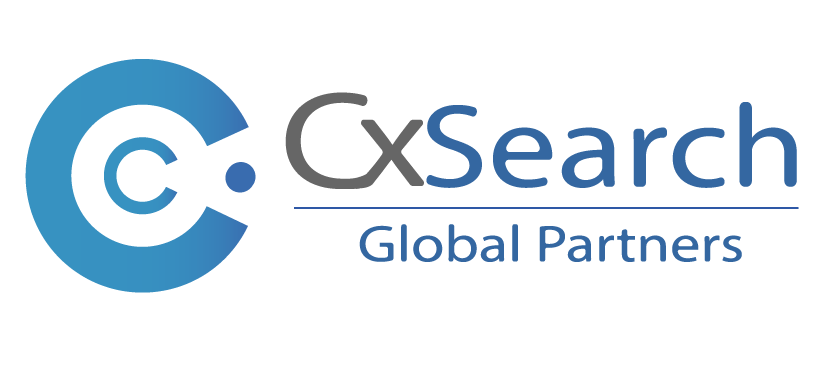When Presenting, Put Your Audience First
Uncategorized
| Being a great public speaker is about much more than making an attention-grabbing introduction, maintaining eye contact, and knowing what to do with your hands. It’s about addressing what your listeners want and need to hear—not what you want to say and how you want to say it. To make your presentation about your audience, start by asking yourself three questions. * What do I know about their understanding of this topic?If your audience has minimal understanding of your subject, include some foundational education about it early in the presentation. Make sure to minimize jargon, acronyms, and technical terms that can confuse your listeners. If your audience is already educated about and experienced with your topic, meet them where they are. * What do they want me to understand about their reality right now? Demonstrate compassion and understanding for their situation and feelings before you try to educate or persuade them about your position. You should also carve out time to stop talking and start listening. Yes, even if you’re the presenter, you can (and often should) engage in a dialogue rather than delivering a monologue. * How can I continue a conversation beyond the presentation? Your listeners may have questions, challenges, or ideas that they want to share, but you may not have time to address everything during your allotted time. Proactively let them know how they can reach out to you after the fact—whether it’s staying after the meeting to chat, sharing your email address, or having them reach out to you via LinkedIn. |
| This tip is adapted from “The Best Public Speakers Put the Audience First,”by Deborah Grayson Riegel |



